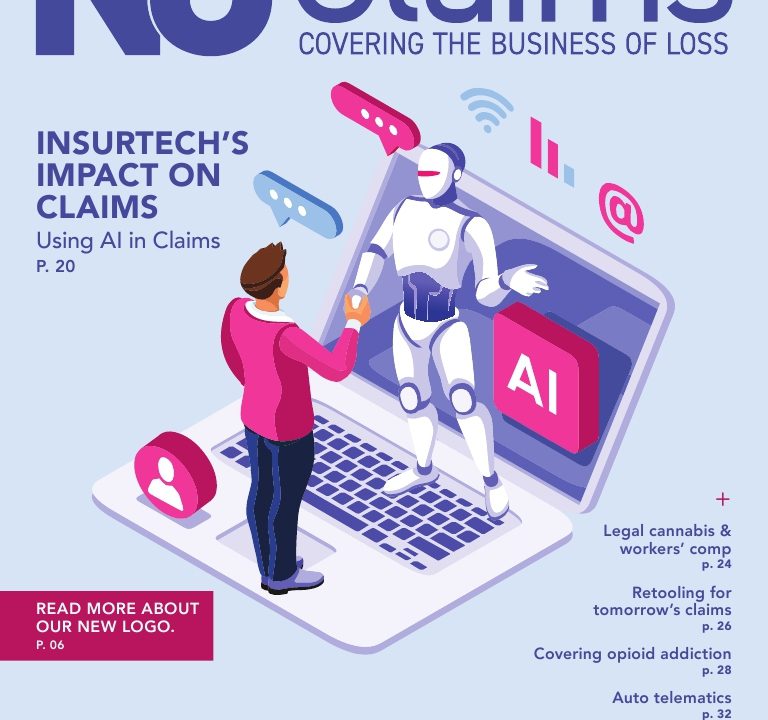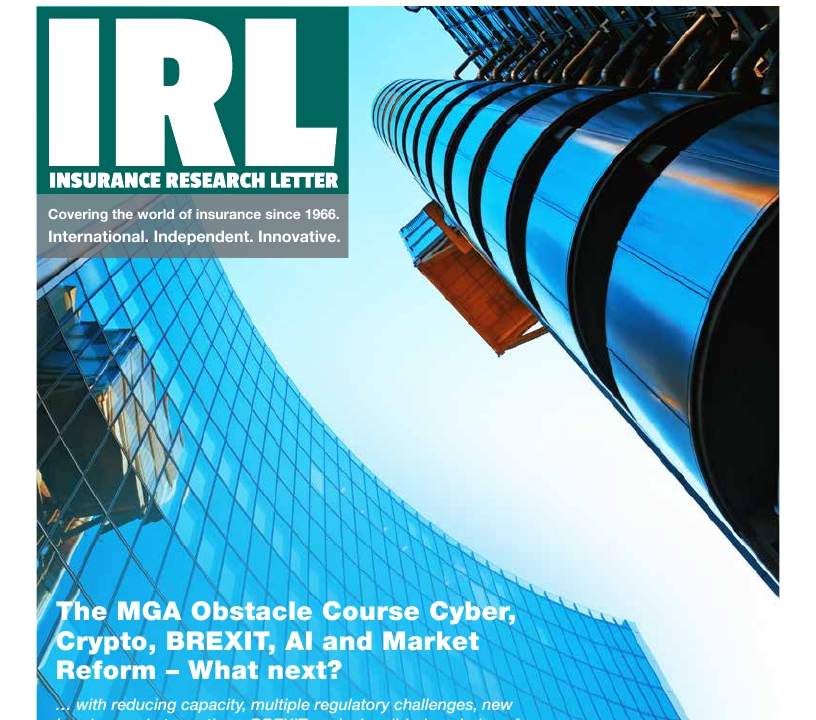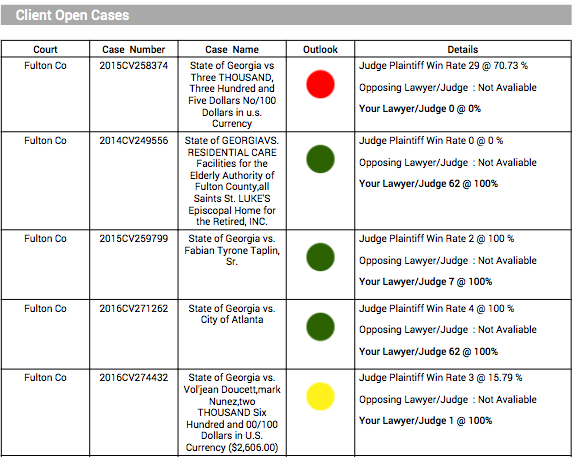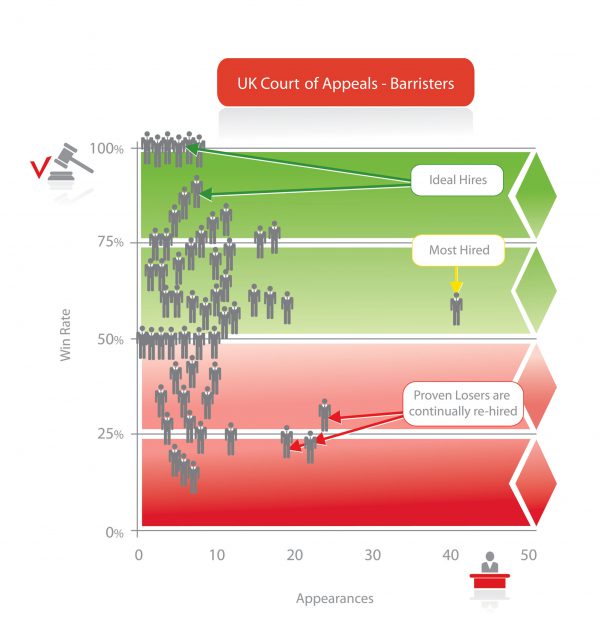Bar Council: The Price Comparison Bar
Bar Council: The Price Comparison Bar
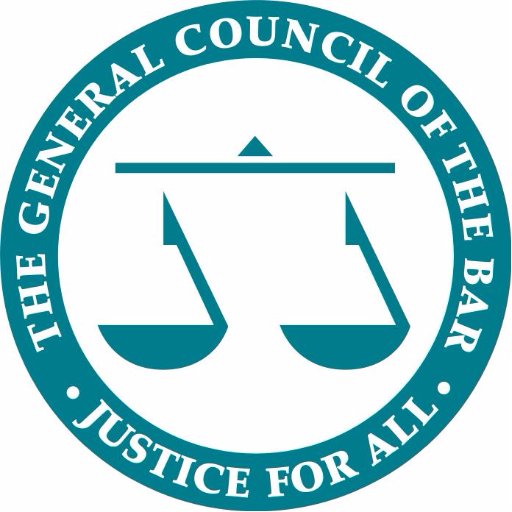
Per mile space travel is the safest way to travel.

‘Get me the cheapest barrister.’
We all rely on statistics, and we use them to make decisions. The Competition & Markets Authority says that there should be new disclosure standards on price and even price comparison. Great. But what’s the quality of the legal advice? What? You can’t measure that? (See ‘inherent difficulties’ in the CMA report.) OK, I’ll just use price then.
I want to buy a car. Here’s one for two hundred quid. Brilliant. Thanks – much cheaper than that blue one which costs twenty grand.
It’s entirely bonkers. But it won’t stop with price.
Premonition.com which features this on its website, ‘which attorneys win in front of which judges’a very real attempt to address the issue of quality which the CMA clearly gave up on. The difficulty, largely based in the US, is that it states that there is very little correlation between price and quality in the UK (CMA – that’s the problem right?) if any barrister published their success rate things might get a bit tricky under Rule C19 and the guidance which states that particular care needs to be taken when making comparisons.
However, although some of us may from time to time feel differently, the Code of Conduct doesn’t regulate all life as we know it, just the Bar, so without additional protection others are not prevented from reporting what barristers may, themselves not be able to report. Premonition has already revealed the most successful barrister in the Queen’s Bench Division with a 100% success rate. ‘Get me that barrister.’. You can start to see the problem.
The CMA also wants to rely on consumer feedback, but there is a problem here too. It’s the brilliant
service/rubbish result problem, think ‘great surgeon, but he needs work on his bedside manner’, which will increase and which is much easier for unregulated services to focus on. If a client is advised by someone that doesn’t know what they are talking about that they might recover ‘x’, and actually they do get x they will no doubt be so far over the moon they can actually verify their advisor’s view that the Earth is indeed flat. But what they will never know is that they were actually entitled to £x-plus in the first place.
‘No, hang on, who cares about the price – get me the best barrister.’
There’s nothing wrong with statistics but most people – no nearly all – don’t understand or question their limitation.(Don’t believe me? How many people do you need in a room to have a 50/50 chance of two of them having their birthday on the same day, you know, ‘more likely than not’?).This leads to an issue of what really is a type of misrepresentation which it appears the code is genuinely trying to protect against, but in the face of AI and other technologies, and now the CMA, it seems perhaps to be failing.
Let’s flip from law to medicine again for a minute. The New Scientist published an article stating that the ‘death rates’ that the NHS has to publish about surgeons are almost entirely useless. They said that less than one in five bad surgeons would be detectable for each of three standard operations unless they individually carried out ten times the number of those operations they currently carry out each year.
I am not sure but I imagine that ‘surgeon selection’ is not too much of practical problem at the moment and let’s face it, I imagine rarely are consumers of bridges and banks (that’s you) asked to choose the appropriate structural engineer when it comes to building the bridge or the most appropriate firm to audit the bank.
According to the CPS, homicide convictions for the first quarter of 2016 have hovered around an 82% conviction rate. If that was your entire practice you’d suffer a stunning success rate of about 18%. Try getting instructed on that comparison. No doubt surgery after a serious road accident is similarly tricky but if I had been squashed by an articulated lorry with little chance of a ‘successful’ operation, I still think I’d like a surgeon to have a go.
The Future
Enter the realm of a popular TV series, ‘Grey’s Anatomy’ (though I confess, I have not seen it.). In one story line, a successful set of new surgeons are hired or fired on their success rate. So keen are they to preserve it, they take on fewer and fewer complex surgeries and opt for easy appendectomies or thyroidectomies. What have you got? No one to do the tricky stuff. Not a single person who will take it on, or worse still over time, not a single person who is practised enough or capable to exercise or develop the expertise in others. Needless to say, one surgeon ends up quitting the profession. (Has anyone else received the standard letter, for which there is a pro-forma, from the Bar Council if you change your practising status?)
Given the quagmire of regulation it might be nice to have a statistical tool to cut through it all, but at the moment there is very little evidence that price comparison without quality will be either helpful or useful to the consumer.
The issue is itself useful however because it highlights the lack of focus on the impact that technology can have on regulation, not next year, or tomorrow, but almost overnight, leaving regulators that are stuck with prescriptive not principle based rules which both prevent the ‘good’ innovation and which are unable or too slow to cope with the ‘bad’.
It’s hard to see at the moment how you could prevent lawyers from publishing statistics which are otherwise freely available to non-lawyers after a ‘big-data’ crunch of publicly available information. But isn’t it also perhaps time to move away from focusing on the sub-contracting rules of photocopying and any other outdated prescriptive rules and concentrate instead on real risk? Put another way, it’s all well and good if the Bar itself decides not to innovate, but not if it is itself hindered by rules which simply don’t apply to others who can.
Finally (It’s 23 – see here.)
(Not 42, that’s just how much barristers are cheaper – nearly – see here)
The CMA report is light on the complexities of legal services regulation. What’s missing from this report is removing outdated interference in the economics of the legal market and returning to a set of fair values that will enable competition. For example, where is the free access to indexable case law (the US is doing it), free transfer of case papers within seven days say (like moving bank accounts), fair cost recovery known at the outset, new methods of case funding, universal regulation and insurance for all unregulated legal work. In fact, beyond threshold standards on new topics it’s hard to see how there is much here which will assist the consumer.
Rather thandrive price, drive quality and drive innovation by further minimum standard hoop jumping and standalone statistics, perhaps the CMA should instead focus first on facilitating the removal of barriers which will allow the same level of innovation within the legal sector, as is seen outside of it.
Source: barcouncil.org.uk



